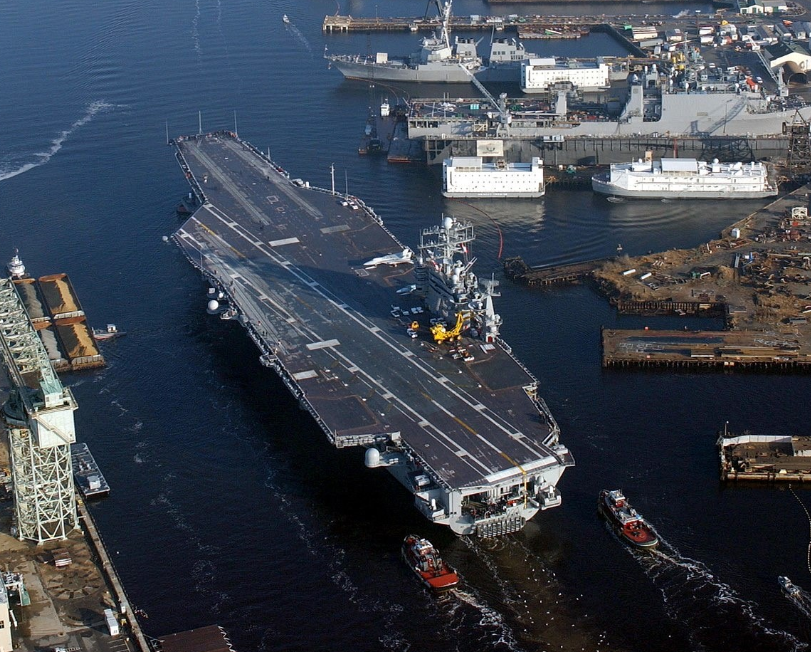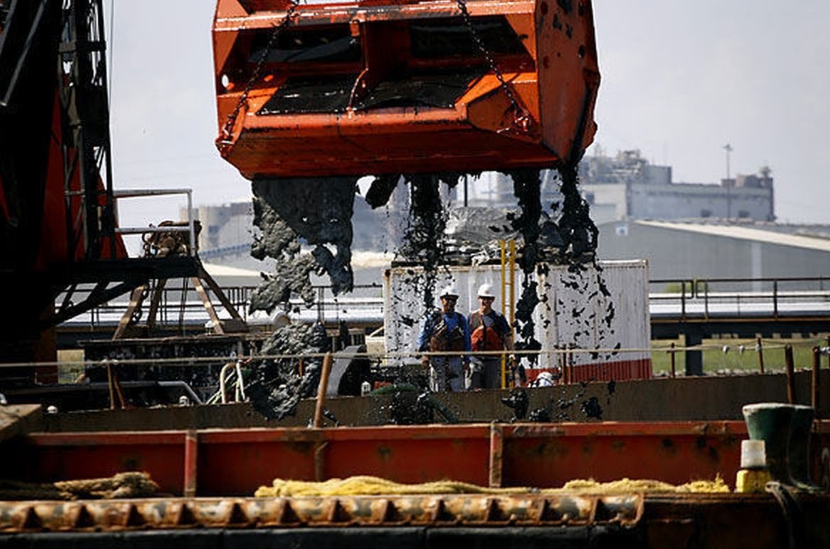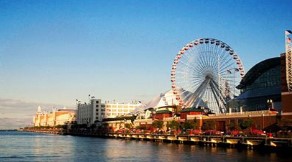A lot later, numerous lawful and institutional drives taken for the security of nature, including waterways, alongside residents through resident tension and popularity based developments. The experience US Elizabeth River a dead river in the United States is the subject of this article. This experience is significant for numerous ways.
US Elizabeth River

At the point when I originally showed up in Norfolk, Virginia.USA with a new position, everything was different to me. There isn’t an individual I know, even. The climate of the city appears to be not quite the same as my past city. I
Elizabeth Stream streaming over its chest. I have always had a keen interest in river born and raised in a riverside town in the river country. I pondered the nation’s waterways.
Yet, seeing this stream very close interestingly. I saw that its water was not precisely as clear . I expected and the messy contamination close to a portion of the banks of the stream noticeable to the unaided eye.
With regards to discourse, I accordingly request many individuals the justification for this predicament from the waterway. We can realize this: In the past, the situation in this river was much worse. One of them told me that when they were kids.They used to play the game of finding rainbows in the water of the river. They believed that river water behaved similarly.
they grow up, they understand that this rainbow is really a layer of oil and petrol on top of water. From that terrible circumstance, this waterway has now passed a great deal.The beginning of the effort to clean up this river is the topic of today’s writing.
History of Elizabeth River Pollution:

The headwaters of the Elizabeth Stream are basically an estuary of the Chesapeake Narrows, around 5 miles in length. Inormal harbor on the planet. The stream is around 21 miles in length in the entirety of its branches. Being extremely near the Atlantic Sea, the water level of this stream is exceptionally high.
This river’s watershed spans approximately 250 square miles and includes Norfolk, one of the famous Hampton Roads cities. These are the remaining three cities: Chesapeake, Portsmouth and Virginia Ocean side
On the whole, 5 lakh families live around here. As enthusiastic perusers of history know, the principal extremely durable English state in America was at Jamestown, Virginia, and this is where the English provincial section of America started.
Soon after the settlers showed up at Jamestown in 1607, they named the principal waterway they experienced as they endeavored to travel west by stream, the James Waterway (in the wake of Lord James I at that point).
For the initial not many years, they started to grow the province along the banks of the James Stream. Looking for a protected spot to remain protected from other European settlers, including the Spanish, and near a stream or ocean course, they tracked down the close by Elizabeth Waterway inside a couple of years and started laying out provinces along its banks.
The Elizabeth Stream is essential for Virginia’s waterfront stream that sidesteps the remote ocean and securely arrives at the province of Florida. So the significance of this stream was somewhat more. 1
This river’s geopolitical significance

This river’s geopolitical significance, like that of countless other natural resources, has led to both its prosperity and its demise simultaneously. The practice of wester hunting by Native Americans in the Chesapeake Bay area dates back thousands of years, to pre-colonial times; however, the primary objective of wester hunting was to supply the food requirements of a family or group. Therefore, it did not harm the ecosystem in any way.
During the pioneer time frame this hunting rate expanded complex. After exhausting the oyster reefs in their area, the New England Wester Fishery Company arrived in Virginia at the beginning of the eighteenth century and began the first extensive oyster reef mining in the area. Around 1844, this bay locale’s western canning started to be provided for a huge scope to different American states.
Then, toward the end of the 1880s, Wester production began to significantly decrease. Due to extensive dredging, farmers in the west began to complain that the western walls had almost vanished.
The consumption of fish, oysters, and clams here is increasing the health risk at an alarming rate, according to the public health report. Thus, in 1920, the Virginia state government ordered a regulation restricting wester hunting in the contaminated waters of the whole sound area.2
More causes of pollution
The world’s most memorable plane carrying warship was underlying dry harbor at this maritime yard, where in excess of 43,000 individuals worked.
This is when benefit turns into the main thrust of the world. The colonial powers then prioritized expanding their sphere of influence.preserving their superiority over other colonial powers, and gradually increasing their profit margins on everything. The Norfolk Maritime Yard has seen everything from the American Conflict of Autonomy to the Nationwide conflict lastly The Second Great War. During The Second Great War, the yard was utilized as an essential place for fixing harmed ships.
Around 6,850 boats were fixed at this yard during the conflict. Normally, discuss worry for nature, conventional individuals or waterways and inlets and their biological systems was only garbage to the strong of the time. Therefore, the high cost of this uninterested reputation was or is being paid for many generations to come.3 In addition to these warships and cannon fire, numerous industries were constructed along the river’s banks, which led to an increase in human settlement.
Added to this is the tempest water overflow and sewage framework, which conveys different pesticides, weighty metals and synthetic compounds into the stream and dirties the water. Nonetheless, wood handling offices (wood treatment offices) assumed a significant part in making this contamination.
Because of the overflow of wood nearby, and the strange interest for wood for shipyards and railways, this wood office became swarmed. Creosote set free from the coal and tar of these processing plants has been referenced in different examinations as one reason for the contamination of this stream. It ought to be noticed that in the nineteenth century Norfolk was the biggest coal trading port.


